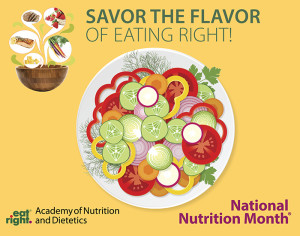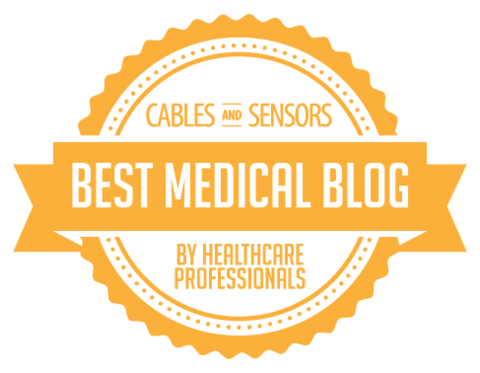
Carbohydrate loading (aka carb-loading) is often used by athletes to maximize the amount of fuel stored in muscle and readily available for use during competition.
Researchers from Vanderbilt and the University of Alabama at Birmingham studied the impact of an acute carbohydrate load in the form of a 264-calorie shake on the production of the hormone atrial natriuretic peptide (ANP). ANP works in the body to eliminate excess salt and lower blood pressure.
Those who are obese produce less ANP. This contributes to more issues with salt retention and high blood pressure.
The study included 33 individuals with normal blood pressure levels. Prior to completing the study, participants followed a standard diet for a couple days to prevent dietary variability from impacting results. Their blood levels of ANP were then analyzed for twenty-four hours after consuming the 264 calorie carbohydrate shake.
There are 4 calories per 1 gram of carbohydrate. A 264 calorie shake equals 66 grams of carbohydrates.
A 20-ounce bottle of Coca Cola contains 65 grams of carbohydrates.


 With some heart healthy cooking, you can still enjoy delicious meals on a heart healthy diet. Plus, you don’t have to follow some strict “diet”. Many times you just need to tweak what you are already eating.
With some heart healthy cooking, you can still enjoy delicious meals on a heart healthy diet. Plus, you don’t have to follow some strict “diet”. Many times you just need to tweak what you are already eating. March is National Nutrition Month. During this month, the Academy of Nutrition and Dietetics focuses attention on the importance of informed food choices and the role healthy eating and physical activity play in weight management and disease prevention.
March is National Nutrition Month. During this month, the Academy of Nutrition and Dietetics focuses attention on the importance of informed food choices and the role healthy eating and physical activity play in weight management and disease prevention.

